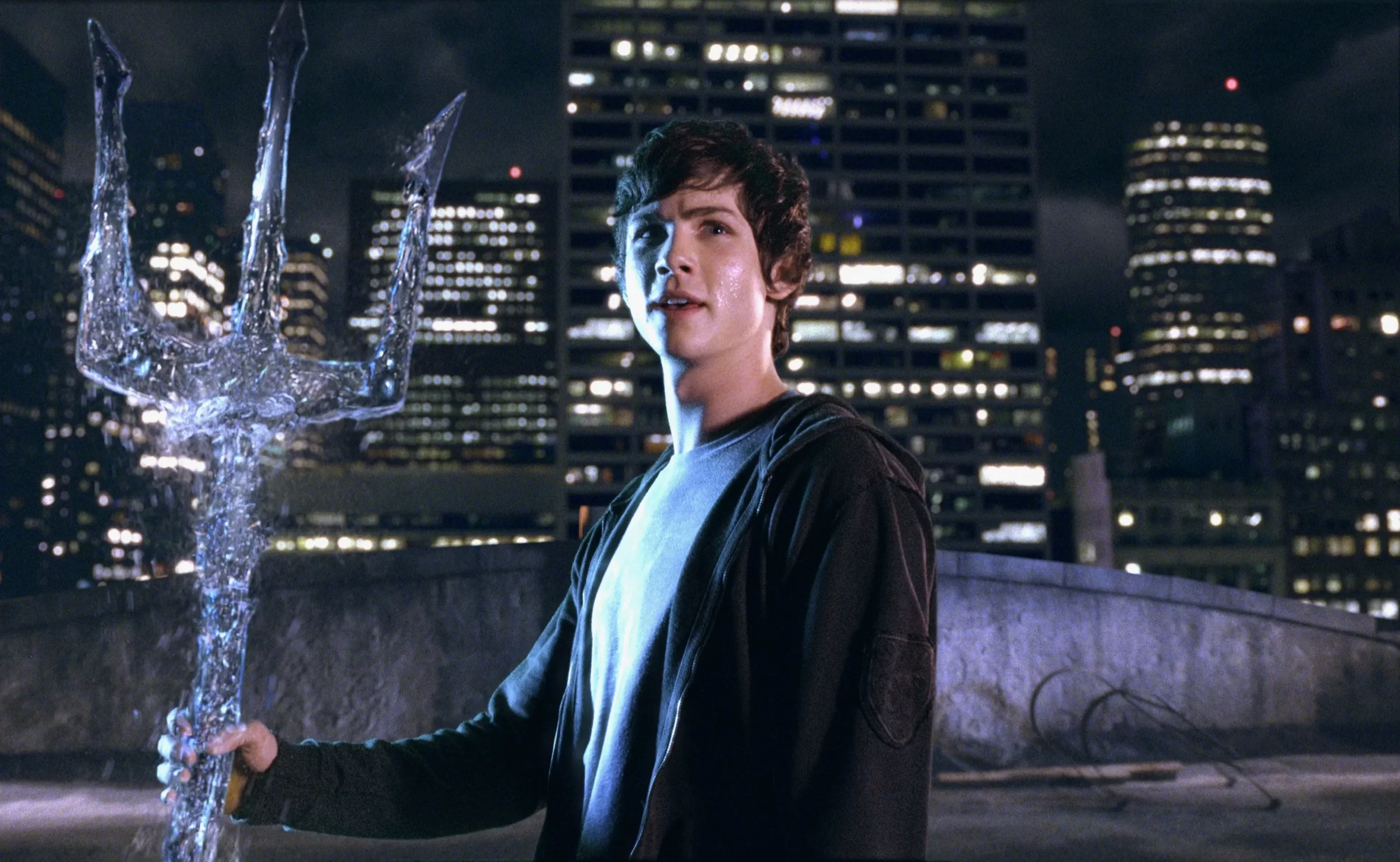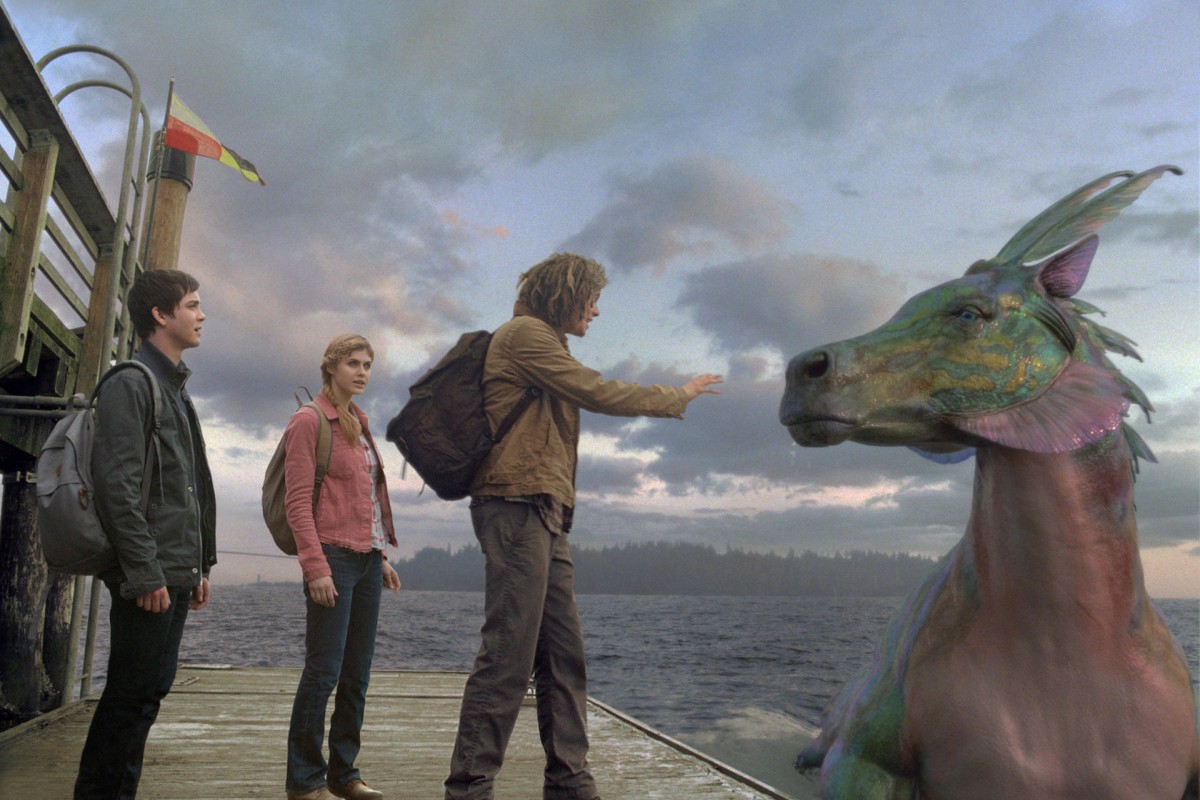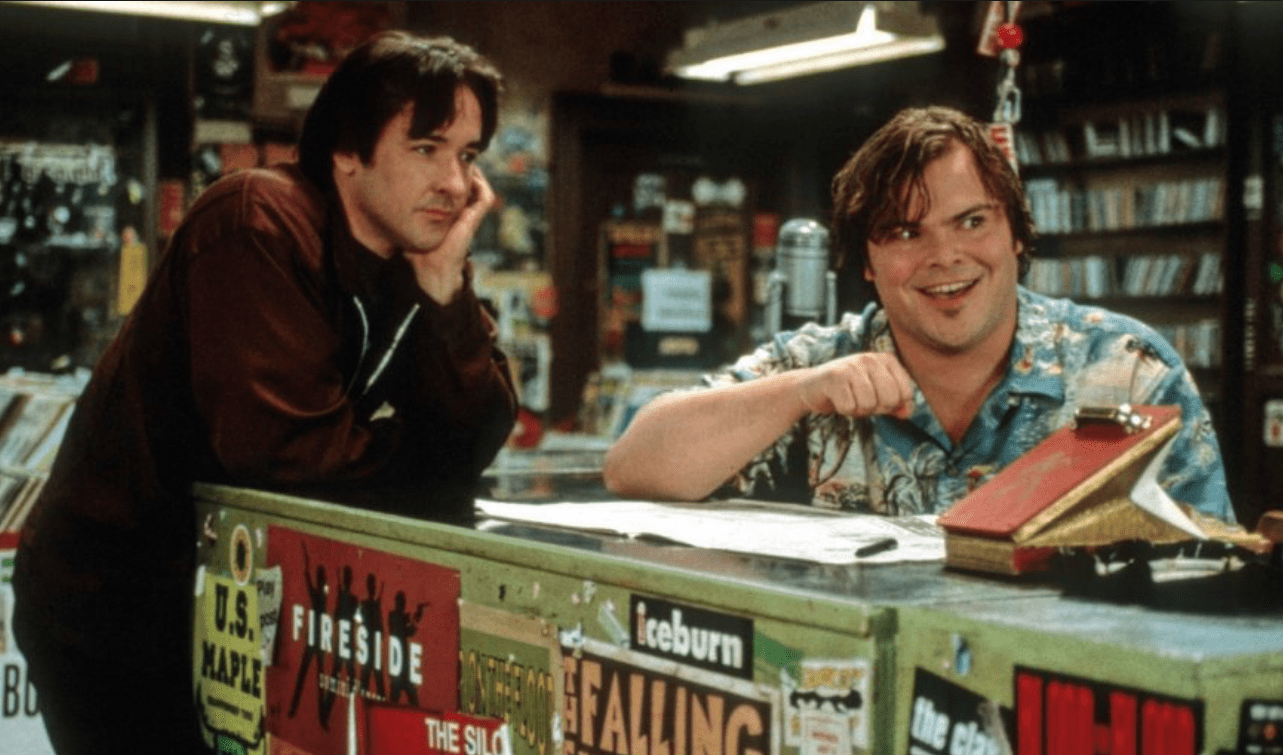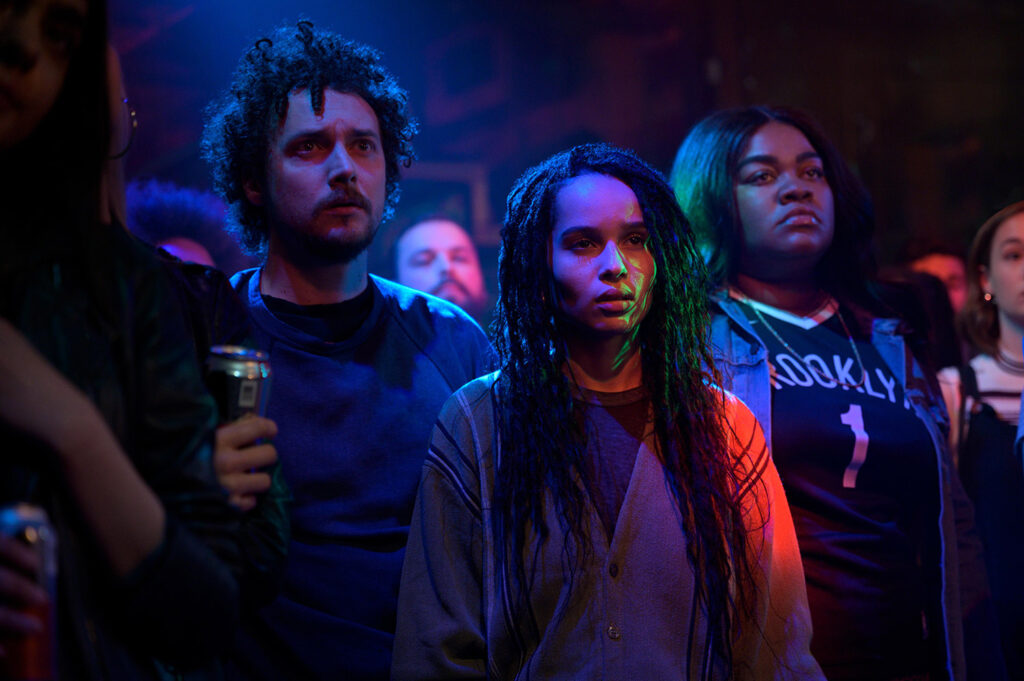Table of Contents Show
We have probably all heard the phrase “the book was better” when referring to a film or television program. You are most likely to agree with that sentiment for a handful of film or series adaptations that you have seen — especially if you have read the book before watching and already have an attachment to the story that you are familiar with — as changing what you have already read can be disappointing and detract from the lore you have developed.
But is a discrepancy between the book and its adaptation all it takes for us to dislike the new/loosely updated version? Do all adaptations need to stay completely faithful to the source material in order to be good adaptations? How can the creators of the adaptation appease both the trusted fanbase of the book (“the fandom”), as well as bring in new viewers effectively?
Part I: A “Bad” Book-To-Movie Adaptation: Percy Jackson And The Olympians: The Lightning Thief (2010)
In 2010, Rick Riordan’s best-selling young adult novel Percy Jackson and the Olympians: The Lightning Thief (( Riordan, Rick. Percy Jackson and the Olympians: The Lightning Thief. Puffin Books, 2005. )) was adapted into a movie. (( Columbus, Chris, director. Percy Jackson and the Olympians: The Lightning Thief. Fox, 2010. )) If this did well, the rest of Rick Riordan’s series could have been adapted as well, creating a movie franchise that had the potential to be similar to that of Harry Potter. Unfortunately, even though Rick Riordan’s books were quite popular, audiences really did not like the film adaptation.
There were plenty of changes from the book to the movie — most notably, Percy and his friends were aged from twelve to sixteen, the villain’s reveal was changed, and the quest that the entire first book rested on was altered. They also decided to add a lot of scenes from later books in the series to the first movie, most likely because they weren’t sure if the entire series would get picked up to be adapted.

However, the issue with changing the age of the main character so drastically, especially in a YA story, is that the audience essentially misses out on all of Percy’s development. In the book, Percy is a quick-witted, sarcastic kid who has been thrust into battles with all-powerful gods and demigods. He is unprepared for this but still is impulsive and rash because he is just a kid. In the books, Percy does not reach sixteen until the very end of the first series. So when we see him so old, it feels jarring. It feels like a different character. He is less sarcastic, less witty, and just overall seems to master his powers much faster.
A good example of this change feeling jarring comes when Percy and his friends fight Medusa. In the movie, Percy’s friend Grover asks how they can possibly fight something they cannot look at, and Percy immediately comes up with the idea to look at Medusa’s reflection.
However, in the book, Percy never comes up with this idea at all. Percy’s friend Annabeth, who is characterized to be much more clever and intelligent, gives him a glass ball and tells him to:
“Just look at her in the glass. Never look at her directly.”
(Riordan 173)(( Riordan, Rick. Percy Jackson and the Olympians: The Lightning Thief. Puffin Books, 2005. ))
Annabeth coming up with this idea makes much more sense for both her and Percy’s characters, especially with this scene taking place early on in the movie and book. It stands to reason that Percy would not yet be able to come up with clever ways to outsmart powerful villains while under pressure, considering he had just learned he was even a demigod at all, but Annabeth would because she had been going to Camp Half-Blood to train for multiple years prior.
What Is The Impact Of Changes In Adaptations?
This is a seemingly small change, but it is very out of character for both Percy and Annabeth in the book at this moment. There are many more out-of-character moments like this in the movie, and all of those added up make the story feel very different from the source material.

Rick Riordan’s involvement in the film was limited, which heavily contributed to the differences from book to movie. They also released a sequel, The Sea of Monsters (2013; Freudenthal)(( Fruedenthal, Thor, director. Percy Jackson and the Olympians: The Sea of Monsters. Fox, 2013 )), but that film unfortunately did even worse. Because of how much they’d already changed in the first movie, the second movie really had no chance to do better.
Characters and plot points had been changed so much that the whole series did not feel the same anymore, and they stopped production on the Percy Jackson films after that sequel. The movie adaptations were regarded as so disappointing by fans and Riordan himself that a new TV series adaptation is in development on Disney+ to better do the books justice. (( Steinberg, Jonathan, creator. Percy Jackson and the Olympians. Disney+, 2024. ))
Part II: So… Are Major Changes Always a Bad Thing?: High Fidelity (2000)
Okay, so the Percy Jackson adaptations made lots of changes to the source material, and in turn, it didn’t succeed. Does that mean the key to a good adaptation is to make it as similar as possible? Not necessarily. To demonstrate, let’s look at a great adaptation that changed tons of stuff: High Fidelity (2020). (( West, Veronica, creator. High Fidelity. Hulu, 2020. )) High Fidelity was originally a novel written in 1995 by Nick Hornby. (( Hornby, Nick. High Fidelity. Victor Gollancz Ltd, 1995. ))
It followed Rob, a thirty-five-year-old record store owner who had recently gone through a breakup with his long-time girlfriend Laura, as he contacted his former “top-five most memorable heartbreaks of all time” to try to figure out where he was going wrong with love.

The novel was then adapted into a pretty faithful film adaptation (( Frears, Steven, director. High Fidelity. Touchstone, 2000. )) in 2000 starring John Cusack, with the only major change being making the story set in Chicago rather than London. The novel and the film did really well, becoming a recognizable title for the romantic comedy genre.
The film also featured Lisa Bonet playing Marie De Salle, a singer-songwriter that Rob meets and has a brief fling.
HI-FI: The Film & Television Series
In 2020, the novel was readapted into a Hulu series starring, surprisingly—Bonet’s daughter, Zoë Kravitz. In this version, Rob was short for Robyn, who was recently reeling from her breakup with long-time boyfriend Mac. The story took place in modern-day Brooklyn instead of Chicago or London in the 90s, and her previous “top-five heartbreaks of all time” were changed to accommodate this new version of Rob. There were new characters, new plotlines, and even a new ambiguous ending — but Robyn felt very similar to book Rob.
She talked directly to the camera, just as Rob did in the movie (and in the novel, directly to the reader). She had the same love for vinyl, top-five lists, and making playlists. She had the same habits of dwelling on the past and being afraid to commit. She had the same tough exterior attitude despite being quite sensitive — and she went through the same character arc that Rob does in both the novel and the film.
Even some of the iconic dialogue and shots from the film were kept too. A great example of a scene that was changed for the new adaptation, but still had the same feel, is when Rob meets his ex-girlfriend’s new boyfriend. (Examples above and below.)
Though the situation and the characters are different in the new adaptation, Rob still is far more aggressive and bold in her head than she actually is in real life. She still has the same intensity of emotions, and the scene’s tone is still over the top and light-hearted. Even though the adaptation changed the character’s race and gender, Rob feels like the same character — just in a different universe.
It also revived the novel for a new generation; covering topics that the original couldn’t, like issues with online dating and the difference between vinyl and music from streaming services. In addition, it allowed the novel to be more relatable for women, and it gave a lead iconic role to a woman of color. The changes they made from the book to the show really did pay off.
What Is The Rule For Adaptations?
How do the changes in Percy Jackson and High Fidelity differ? The important thing is that book adaptations must be most faithful to the main character’s arc: they must start and end at the same places as in the book.
Anything surrounding the story that most closely affects their arc (their romantic interest, their closest friend, the society/government that controls where they live, etc.) also should be faithful. Everything else can be subject to change and still result in a good adaptation, including things like side characters, scenes, minor plot points, or settings.

This is because placing the characters you are familiar with in a new city or surrounding them with a few new characters does not change the story they go through. Changing the core of the character is what does — and keeping the core of the character the same is what makes the adaptation feel like the same story. No matter if you like the main character or not, they are the ones that the story follows and the ones driving the plot. Changing them too much will make the entire story feel different, as we saw in the Percy Jackson movie.
But… Some Books Aren’t Better?
Everyone imagines books a little differently in their head, so it is impossible for adaptations to recreate the readers’ experiences perfectly. Changes from book to movie/show are inevitable, but that is not always a bad thing. Despite the common phrase, ‘the book isn’t always better.’
Sometimes adaptations create a different version of the book — but one that is equally as good, and sometimes not being totally faithful can pay off, creating a better version of the original story. Adaptations bring their source materials to life in ways that books simply can’t, and sometimes that makes them even better than they were before.
